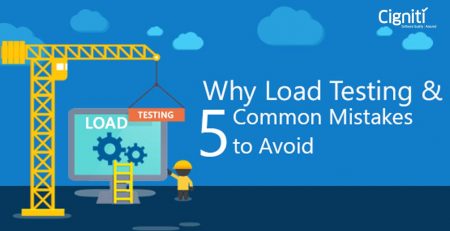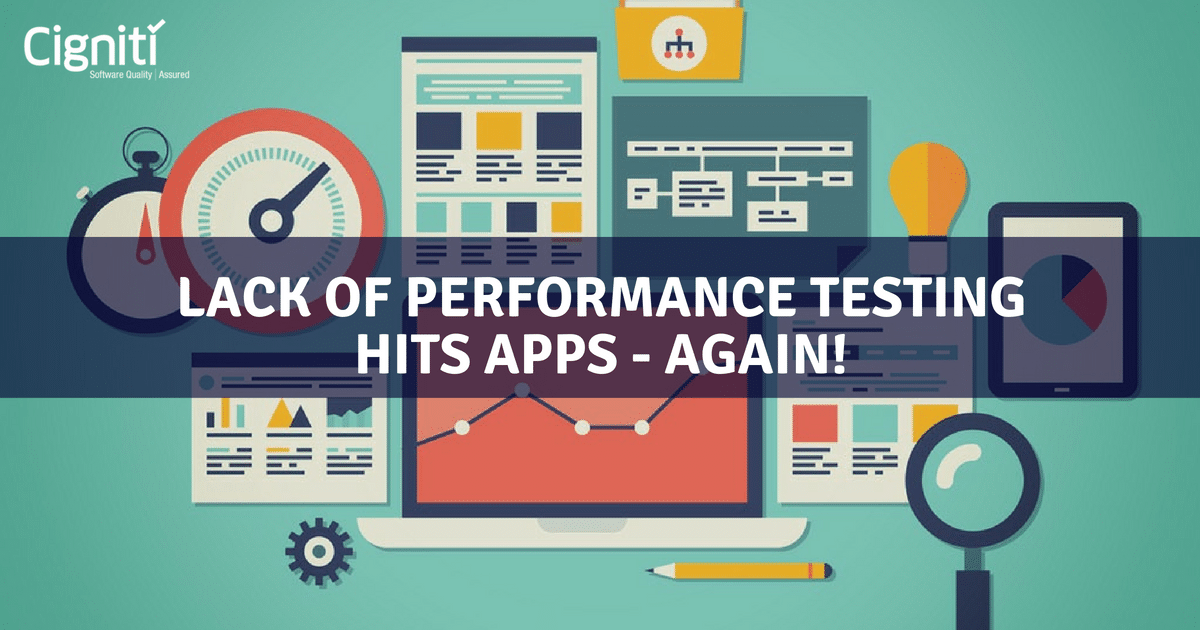Performance Testing in a public cloud environment
|
Listen on the go!
|
Cloud computing has taken up a new role in a short span of time – many technologists refer to it as the backbone of the IT industry. This revolutionary concept is capable of transforming ordinary software businesses into hugely successful ones. Flexibility, scalability, and cost-effectiveness are the biggest benefits that businesses can reap by migrating their data to the cloud. Cloud-based solutions are eliminating the concerns regarding infrastructural expenses for application development, thus enabling businesses to focus better on the functional and non-functional quality aspects of their software product.
In fact, cloud computing is expected to account for 70% of all tech expenses by this year. Over 80% of enterprises run on a multi-cloud strategy, and the global cloud computing market is expected to reach over $650 billion in the next five years.
Understanding Performance of Cloud Computing Systems
It is important to understand what performance means from the perspective of cloud computing. Performance is measured based on how cloud-based technology responds to a specific request within a pre-determined timeframe.
Since cloud computing is completely web-based, it has got its own share of challenges. All functions in the cloud are highly dependent on each other and this may lead to issues in resource sharing. Sometimes even a minor change by a group of cloud users leaves a huge impact on network bandwidth. This lowers performance levels and calls for a thorough check by the vendor. In order to deliver smooth and flawless network services, performance testing should become an integral part of cloud strategy. Performance testing is done to make sure that the cloud is able to meet certain performance standards and addresses basic concerns of security, availability, and data integrity.
The following performance tests should be regularly conducted to ensure that cloud-based systems run at optimum levels:
- Response Performance test: This test records the response time of each constituent in a cloud-based system. Response times provide in-depth data on how well applications are running. Processes that take longer to complete should be placed under scrutiny. A series of corrective steps should be undertaken to ensure that these processes boost performance levels.
- Batch Performance test: This test monitors the time taken by batch processes. Rigorous testing is done to find out the duration of all processes. Interesting insights on resource usage is also collected during this test.
- Stability test: This critical test is performed to find out how stable a cloud system is. Some programming bugs directly affect the memory and cause an unexpected memory leak. This results in extensive usage of memory and a potential system crash. Stability tests will provide useful insights on potential threats that can impact the stability of your system.
- Scalability Load test: This test helps to determine if a cloud-based system can be scalable to meet increasing network load demands. A typical scenario is the unpredictability of incoming traffic at any given point of time. The scalability load test should answer questions like: Can the system manage the additional pressure on its own without crashing? How far is the system scalable?
- Stress test: This test checks the stress tolerance level of a cloud system. In this test, a proxy-heavy load is generated for testing a system’s stress tolerance capacity.
- Failover test: This test anticipates the failure of processes and components. This ensures that the load meant for entities with a high fail rate is transferred to some other components.
To sum up
Cloud computing is becoming a key component in the enterprise digital transformation strategy. To match the pace of the ever-evolving market, it is essential that enterprises gain the same level of agility and flexibility, which cloud provides. Additionally, cloud computing significantly reduces the overall costs for the enterprise, while offering a reliable and scalable way for running their applications. However, to make sure that the purpose of cloud adoption gets fulfilled, enterprises need to perform thorough cloud testing – especially, performance testing.
At Cigniti, testing is what we do, day in and day out. When it comes to testing on a global scale, we know the best way to leverage your resources, knowledge, and equipment for efficiency and greater cost savings. Our Performance Testing expertise spans a wide range of applications including client-server, web, distributed, mobile, cloud databases, high volume transaction systems, and highly complex applications.
We have helped implement a performance testing center of excellence (CoE) for global clients, including one of the largest apparel and furnishing online retailer for whom we drove a 50% decrease in administration overhead and enhanced the load capability of their application up to 70%. Schedule a discussion with us to know how we can help you realize such benefits as well.





Leave a Reply